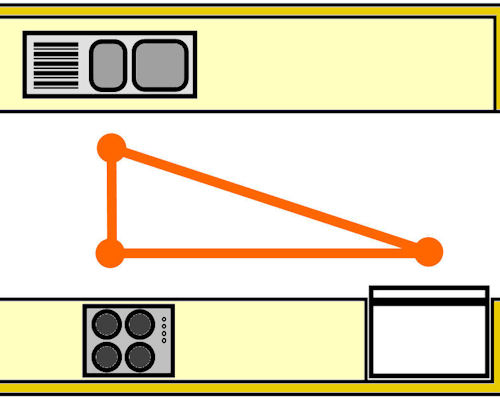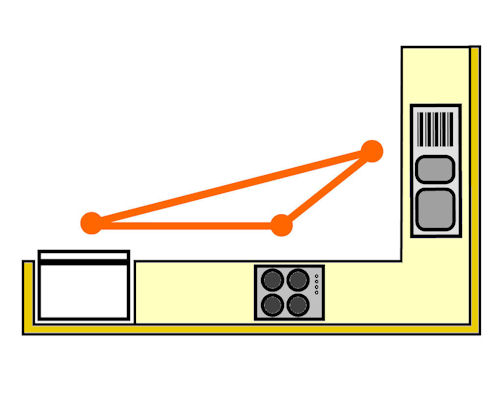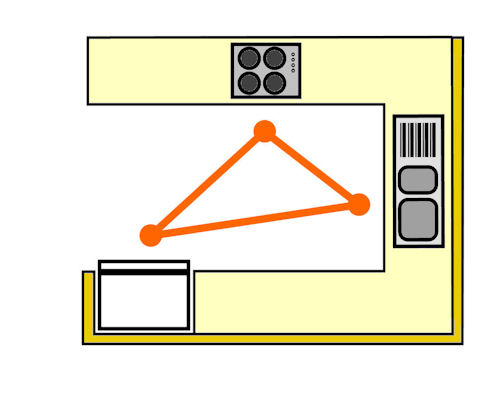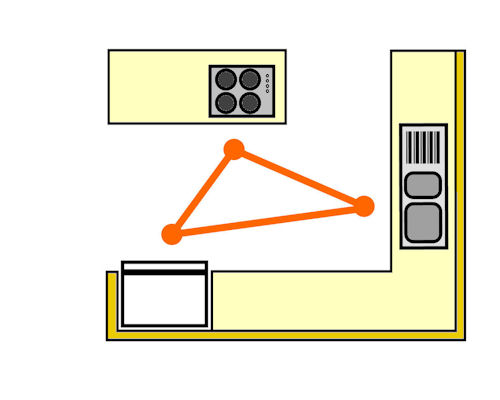Design concepts
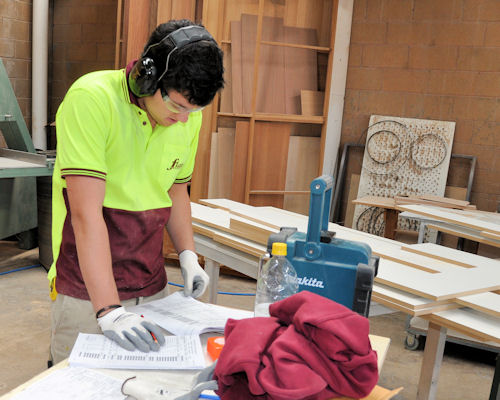 Audio for slide 2 (mp3 |6|KB)
Audio for slide 2 (mp3 |6|KB)
The elevation for each wall will indicate the heights of shelves and overhead cupboards.
For technical details not shown on the drawings, such as fixing requirements and materials, the written specifications should help.

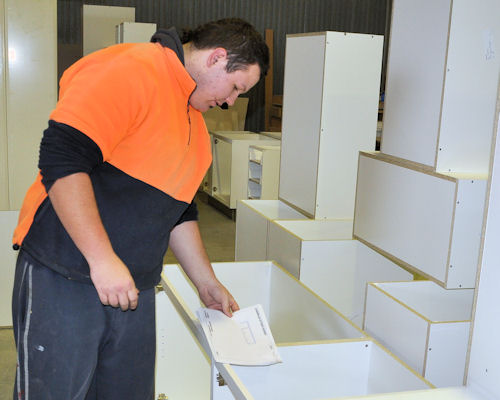 Audio for slide 3 (mp3 |6|KB)
Audio for slide 3 (mp3 |6|KB)
For example, the builder or appliance sales centre should be able to give you information sheets for each of the appliances, which will indicate exact dimensions, ventilation requirements and other installation details.

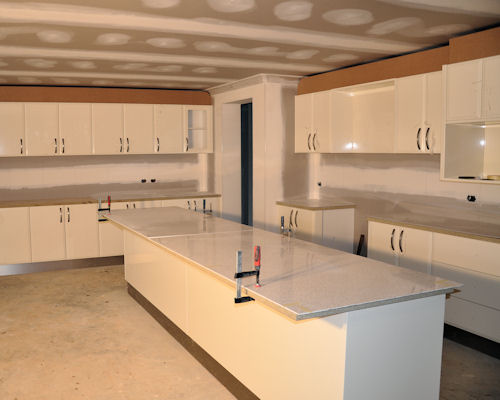 Audio for slide 4 (mp3 |6|KB)
Audio for slide 4 (mp3 |6|KB)
The kitchen work triangle
Even if you're not directly involved in the initial design of the kitchen, it's good to have an understanding of design principles as the on-site installer. This allows you to see the reasoning behind the layout that has been used for the various cabinets, appliances and other features. It also helps you to pick up any problems that might suddenly become obvious during the installation process that had not been considered in the original design.

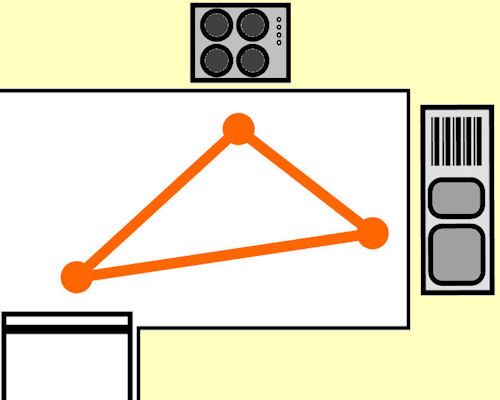 Audio for slide 5 (mp3 |6|KB)
Audio for slide 5 (mp3 |6|KB)
Its basic concept is that the sink, refrigerator and cook top are focal points in every kitchen, and therefore form a 'work triangle'.
The optimum distance between these points should be between 1200 mm and 2700 mm.
Below are four common floor plans that use the kitchen work triangle as their basis.


Learning activity
Audio 10 (mp3 |6|KB)Each of the four designs shown above has its own advantages, and can be the most appropriate plan to use under particular circumstances. However, each one also has potential disadvantages, depending on the layout of the home and the needs of the occupants.
See if you can think of one disadvantage for each of these plans. Describe the problem and situations where it might occur. Share your answers with your trainer and other learners in your group.




